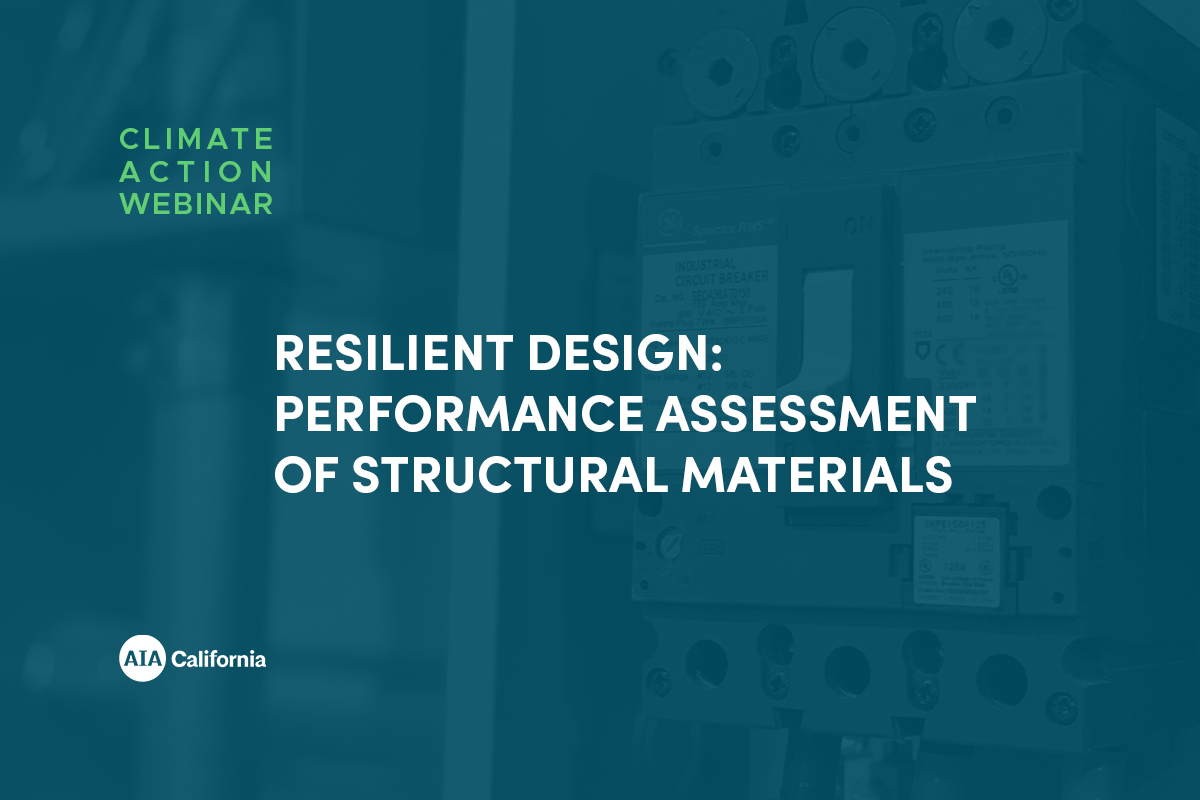Designing for Zero Net Carbon – 3 Case Studies, All Electric Buildings
When: April 13th, 202211:30am-1pmUnits: 1.5hrs LU/HSWQualifies for Zero Net Carbon Design Mandatory Continuing Education. Certificate of completion will be provided to those who watch the webinar live.Speakers:Edward Dean, FAIA LEED AP BD+C, PhD | Bernheim + Dean, Inc Description:Edward Dean, FAIA, will present case studies of three common building types, designed as all-electric buildings to achieve zero-net-energy performance, that will operate with zero-carbon emissions once the California electric grid has been 100% decarbonized, currently scheduled for 2045.This program will review the design strategies for each project, discuss the readily available all-electric building systems utilized by the design teams and present measured post-occupancy performance data that supports the achievement of ZNE. Mr. Dean will discuss tools, metrics, and modeling used by the design team in pursuit of the performance goals, and will highlight exemplary features of the various projects, discuss problems encountered and lessons learned that can help other practitioners to achieve similar levels of performance in their own projects.Earn 1.5 LU|HSW and 1.5hr ZNCD MCE for attending live, or 1.75hrs ZNCD MCE for watching on-demand here. Additional Resources Additional Resources PDF Presentation: Designing for ZNC – 3 Case Studies for All-Electric BuildingsCase Studies (Watching video recordings of past webinars does not give the opportunity to receive any AIA LUs / CE credit.)

